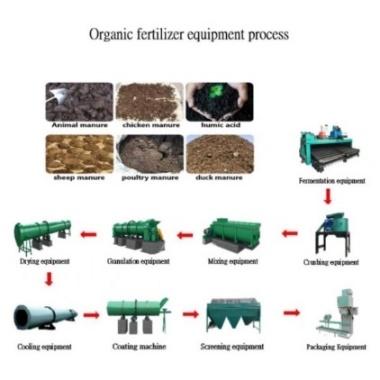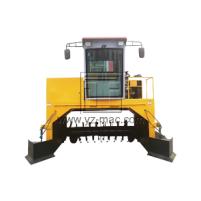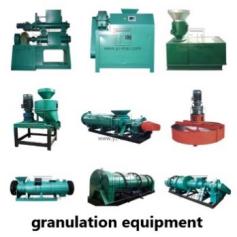Organic fertilizer fermentation tank
An organic fertilizer fermentation tank, also known as a composting tank, is a piece of equipment used in the organic fertilizer production process to facilitate the biological decomposition of organic materials. The tank provides an optimal environment for microorganisms to break down the organic materials into a stable and nutrient-rich organic fertilizer.
The organic materials are placed in the fermentation tank along with a source of moisture and a starter culture of microorganisms, such as bacteria and fungi. The tank is then sealed to prevent the entry of oxygen and to promote anaerobic fermentation. The microorganisms in the tank consume the organic materials and produce heat, carbon dioxide, and other byproducts as they decompose the materials.
There are several types of organic fertilizer fermentation tanks, including:
1.Batch fermentation tanks: This type of tank is used to ferment a specific quantity of organic materials at one time. Once the fermentation process is complete, the materials are removed from the tank and placed in a curing pile.
2.Continuous fermentation tanks: This type of tank is used to continuously feed organic materials into the tank as they are produced. The fermented material is then removed from the tank and placed in a curing pile.
3.In-vessel composting systems: This type of system uses an enclosed container to control the temperature, moisture, and aeration of the organic materials during the fermentation process.
The choice of organic fertilizer fermentation tank will depend on the type and volume of organic materials being processed, as well as the desired production efficiency and quality of the finished fertilizer product. Proper use and maintenance of the fermentation tank is essential to ensure a successful and efficient organic fertilizer production process.







